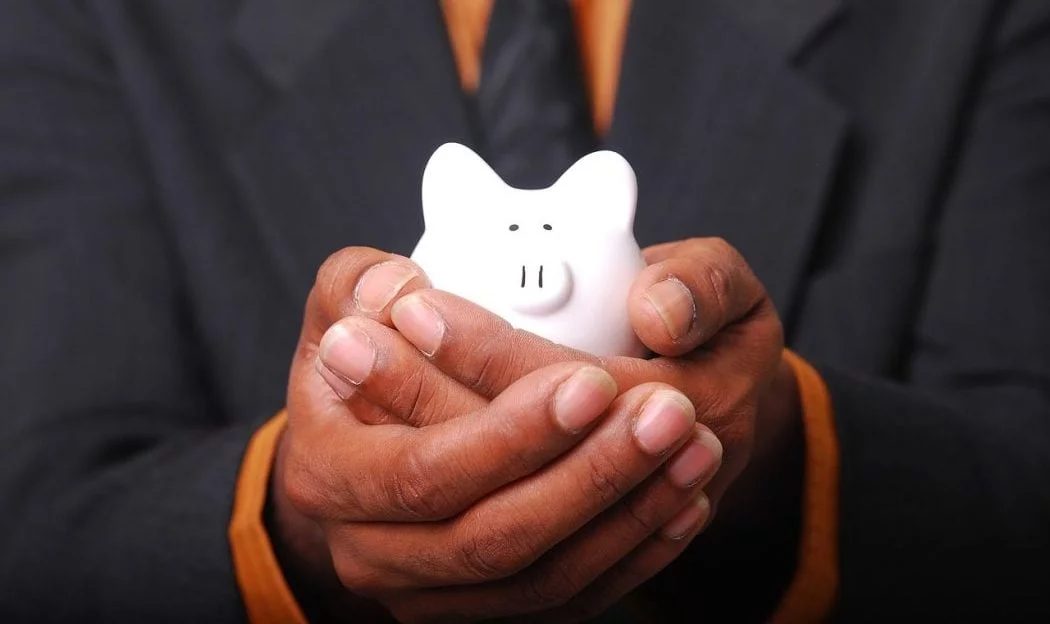If you’ve decided to buy a home, saving for a down payment is one of your first steps.
While it may seem like a huge amount to save, there are some ways to reach your savings goal faster. The tips below can help you become a homeowner sooner.
Do some research and set a savings target
Before you start looking for a home, keep in mind you need to have a down payment of at least 5%. The amount will depend upon the purchase price. For a home costing $500,000 or less, the minimum down payment is 5%. If the price is more than $500,000 and less than $1 million, the minimum down payment is 5% on the first $500,000 plus 10% on the remaining balance (for an $800,000 home, you need to put $55,000 down). And if a home is $1 million or more, you must put down 20%.
You also need to determine how much you can spend and the best way to do that is by using a mortgage affordability calculator. Once you know the amount you can afford, you can create your goal and start saving for a down payment.
Cut unnecessary expenses
Do you have a gym membership you don’t use? Do you have hundreds of channels but rarely watch TV? Do you go out for dinner two or three times a week? If you answered yes to one or more of those questions, it’s time to look over your monthly spending and see what’s no longer necessary.
Reduce any other expenses
While you may have made some progress by cutting your unnecessary expenses, there are probably other cost-cutting measures you can take when saving for a down payment. You can buy clothes when they’re on sale, delay that trip to Europe until you’ve moved into your new home, or even sell your car. If you have a spouse or partner and you both own a vehicle, it may make sense to sell one of them. By carpooling or taking public transit, you’ll be able to save hundreds of dollars a month on gas, insurance, and maintenance.
Set up an automatic savings plan
There are typically two different ways to save: Save whatever’s left over at the end of the month or save automatically. The second strategy is more likely to work because it’s harder to spend money that’s no longer sitting in your bank account. All you have to do is set up an automatic transfer to another account—ideally a TFSA or RRSP—from your chequing account. These transfers can be made monthly, biweekly, or even weekly.
It’s usually easier to start out small and increase the amount over time. You can begin with $50 a week and gradually save more every month. Before you know it, you’ll have reached your goal.
You’ll want to avoid investing in the stock market because the money for your down payment is needed in the short term and any declines could prevent you from reaching your savings goal. GICs are an ideal option because your investment will be secure.
Deposit your tax refund in an RRSP
If you do decide to contribute to an RRSP regularly, you should be eligible for a tax refund. If you deposit that refund into your RRSP, you can save more. Let’s assume you make $60,000 a year, which means your highest marginal tax rate is 29.65%. When you contribute $5,000 to your RRSP, you should get a refund of $1,482.50. If you contribute that along with another $5,000 in the following year, you’ll get a refund of $1,922.06. If you reinvest that refund as well, you’ll have $13,404.56 (before interest) in your RRSP after two years. But if you don’t reinvest both refunds, you’ll have only $10,000 (before interest) in your RRSP.
If you’re a first-time homebuyer, you can withdraw up to $25,000 tax-free from your RRSP when you participate in the Home Buyers’ Plan. If you buy a home with a spouse or partner, you can each take out up to $25,000 for a total of $50,000. Any funds withdrawn have to be in your RRSP for at least 90 days and you must repay the amount you withdraw or it’s taxable.
Originally published Sept. 29, 2017.






